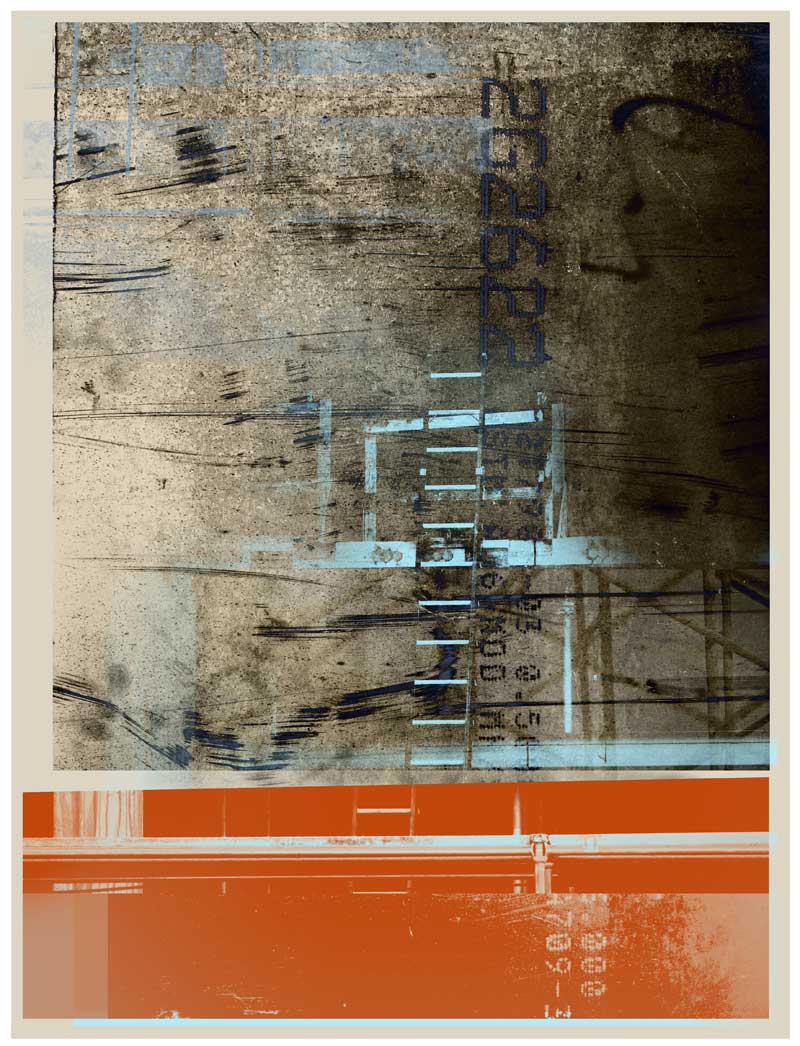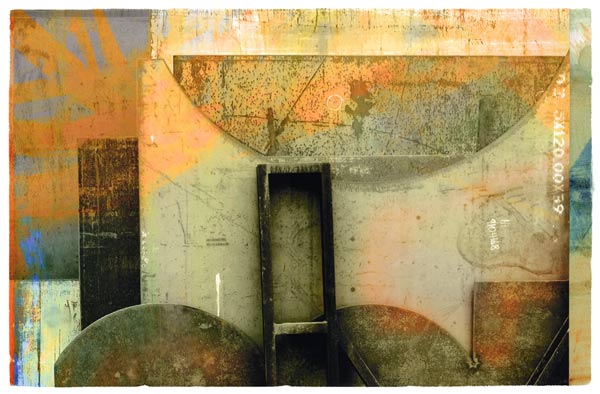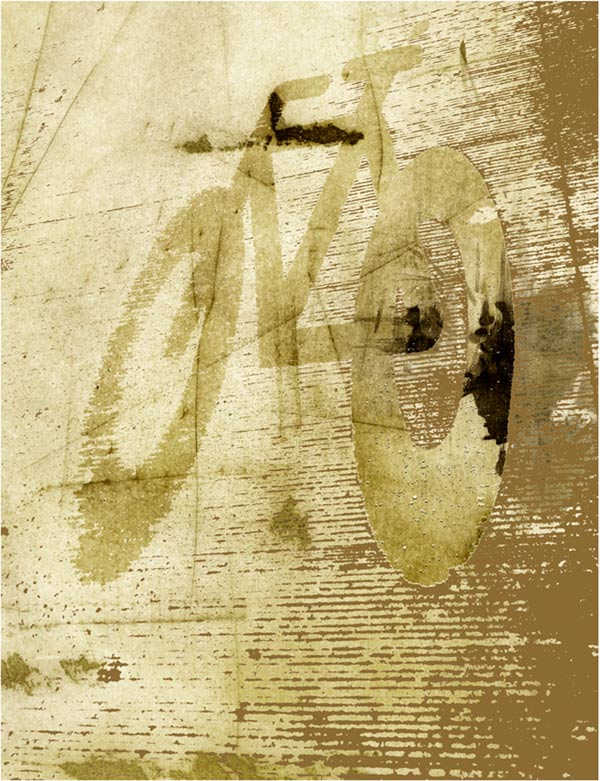It is exhilarating beyond measure to be alive in Seattle during this endless Indian Summer. (By the way, before using this phrase, this being the city of all things politically correct, I spent an hour researching whether in fact it is politically okay to use this phrase. I am going to go with this: As the American Indians were reportedly the first to notice the loveliness of this time and to celebrate the harvest by looking at the light and perhaps smoking a pipe rather than engaging in more frantic scurrying, worrying and stacking of crops in the barn (as the pale settlers were wont), when the phrase is invoked by a non-Indian person caught up in the intoxicating Autumnal rhapsodies it is in fact an homage to the wisdom of the First Nations, and understood as such.) Whew.
So I walk around, temporarily off the hook, and I can’t help but notice but the city is damn fine beautiful. I am sure nature is also doing something, but the construction sites are in their prime, as in primary colors, none of this faded pink of cosmos and hydrangeas and plum feather grass. Give me the street, the baylight glinting on scaffolds and glass, the scattered jump rope song of grafitti and the fifteen people gathered to watch the man in the Mercedes try to park his car in the the lot on Second Avenue with one-sixteenth inch margin of error and a flawless polish on that fender. Pretty much anytime of day is good light, because we actually have light which makes, yes, shadow. If you live here, you know.
Here is a piece that will probably go through another fifty iterations, but which has landed here, comfortably, for the moment. The rule for this series, (thank you John Cage for pointing out how necessary rules are in your fine book Silence) are simple. All elements of photographic evidence must come from an actual construction site. Paint and other elements layered into the work may come from my drawing table.



